I studied Cultural Anthropology and Women’s Studies at university. If I hadn’t hated math so much in high school I might have taken biology. No matter, I love them both and this piece combines my interest in the social constructs of sex and gender with genetics and best of all, the icing on the cake: chickens.
Sex & Gender
Back in the mid-1980s when I was working on my degree I researched, and wrote, a lot about the concept of gender in tribal cultures. It was a bit of an eye-opener to see how other people might view the world differently: some recognizing more than two sexes, and up to five genders.
How we view sex and gender is a a complex topic, too big for a discussion leading to chicken genetics, so here’s goes with simplified explanation:
Sex refers to the biological attributes in humans and animals (i.e. physical and physiological features including chromosomes, gene expression, hormone levels and function, and reproductive/sexual anatomy). In our culture we usually categorize people as female or male.
Gender is the combination of the socially constructed roles, behaviours, expressions and identities of those we consider girls, women, boys and men. It influences how people perceive themselves and each other, how they act and interact, and the distribution of power and resources in society.
All cultures, current and historical, construct and interpret the world around them in order to make sense of it. Some look familiar to us, while others are quite different. It is only quite recently in Western cultures that folks are openly identifying themselves, and being recognized as, gender fluid, non-binary or transgender.

Biology is both complex and deceptive: approximately .5% of people are born with ambiguous genitals and another 1% has characteristics of both male and female anatomy.
We use the term intersex to include having atypical chromosomes, gonads, hormones or genitals; some who might not even know they are biologically outside the range of characteristics considered ‘normal’ for their assigned sex until they reach puberty or try to conceive. Some folks go for decades before finding out they aren’t what they have identified as being their whole lives.
Although they may be biologically ambiguous their DNA is all their own. As we all know from watching many episodes of detective shows on television your DNA is unique. All cells in our body contain the exact same set of DNA. There is another phenomenon that occurs in both the human and animal world in which organisms can be born with DNA from two individuals.
Chimerism
In Greek mythology, a chimera is a monster that has a lion’s head, a goat’s body, and a serpent’s tail. In genetics, a chimera is a person, plant or animal that is made up of cells from two different individuals. Genetically modified organisms may have cells from different species, while those that have absorbed a twin in utero or received a bone marrow transplant may have cells from another individual of the same species. Since those cells came from two different sources, they also have two sets of DNA.
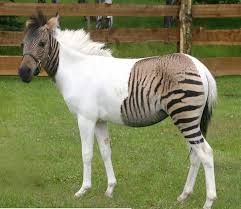
An episode of CSI incorporated the rare biological phenomenon of chimerism into a storyline. In that case, the perpetrator had one set DNA in his blood and another set for the other cells in his body. The murderer almost got away with his crime had it not been for the skill of those genetic sleuths.
As I mentioned before, I didn’t go on to study biology, and I’m hoping you didn’t either, because I’ll just give you the Cole’s Notes version on how this occurs.
Every once in a while, some embryos experience a mistake in mitosis in which they end up with too many, or too few, chromosomes. Sometimes, the result is just cosmetic; sometimes it’s lethal.
And sometimes a mutation occurs in which an embryo contains one set of normal, and one set of mutated, cells. As the cells continue to divide, they increase the number of both the mutated, and the normal, cells. The animal, if it survives, will be a chimera (a mixture of two genotypes).

Check out a video of that rooster here.
If the chromosome change or gene mutation happens early, then exactly one half of the animal will have the change and the other half won’t, which is termed bilateral chimerism. Mosaics occur when the mutation occurs at another point, resulting in intermittent patches of different kinds of cells distributed within the body.
Chimerism can be limited to one, or more, systems in the body. If those two organisms are of the same sex, it will be biologically that sex, but will incorporate aspects of both individuals.
But in the case of gynandromorphs, two organisms of the same species, but different sexes are combined that will produce an individual that is part-male and part-female. And sometimes they appear exactly half and half.
In mammals, all cells in an embryo are governed by a sex-determining gene, which directs the development of gonads into either ovaries or testes, which then secrete hormones that direct other cells to develop as male (XY) or female (XX).
Researchers have studied chickens that appeared to be half-male and half-female, and found that nearly every cell in their bodies — from comb to toe — has a sex identity. Birds have Z and W chromosomes; males are ZZ and females are ZW.
Gynandromorphs have a mix of ZZ and ZW cells. However, they aren’t split neatly down the middle on the inside. Their entire bodies are a mix of both types, although the male half has more ZZ cells and the female half has more ZW ones.
So how does this happen in chickens?
Normally each ovum is given it’s own yolk separately, and fertilization occurs when it’s time to add albumen, membranes and shell. In chimerism, you have two ova placed on the yolk at the same time. Both get fertilized, and as the cell mass grows it merges and the two embryos become one.
When the cells start becoming specialized and differentiated, there is nothing telling them that only some belong to one bird and some to the other. It’s the opposite of identical twins where the embryo divides prior to cell differentiation. The difference being, if you have both sexes present, then the offspring may show signs of both.
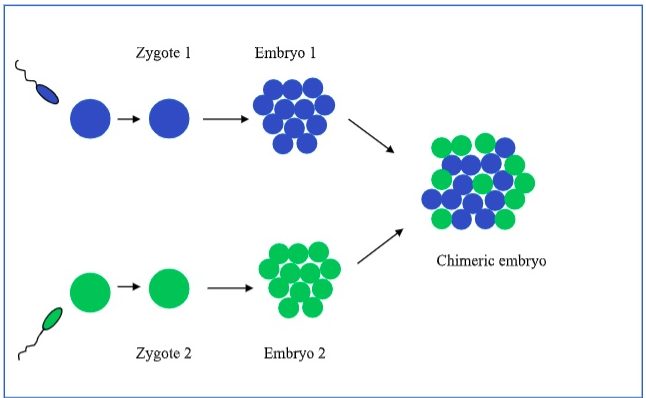
The resulting chick may have a testicle or ovary only on one side, or a hybrid organ that is part testis and part ovary. Each side of their body responds differently to hormones.
Some birds will outwardly appear part-male, part-female, while others may not be discovered until they are butchered or necropsied.
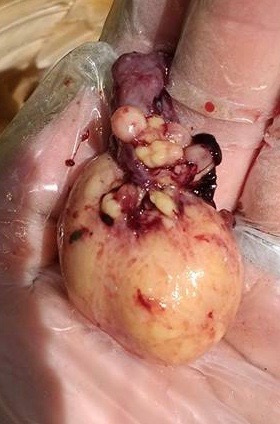
In all my reading I didn’t find any information on gender expression in gynandromorph chickens: How do they fit within a flock dynamic? Do other birds treat them as roosters or hens, or neither? How do they behave?
I find it interesting that the emphasis is on the biological, rather than social, presentation and lives of these birds. Even so, I found little discussion as to whether they crowed, mated, laid eggs or were able to reproduce. What information there was suggested that they were sterile.
One of the things I loved about studying anthropology was the opportunity to learn about the myriad of expressions of culture: some familiar, some foreign, but always fascinating. We think that when we open our eyes we see reality as it is, but our language, culture and experience colour our perception of everything.
And what I like about biology and genetics is there is so much we take for granted, yet so much we still have to learn. If you scratch the surface, even just a little, you’ll discover there is so much wonder left to uncover in the natural world.
Watch a quick video overview of gynandromorphy here.
Update March 2021: As a result to reading this post two people have sent photos of their chimera chicks to me. Both appear to be fully male, one is normal size and the other is considerably smaller than its hatch mates. I’ll post more photos as they progress.
Photos courtesy of Laura Bennett.
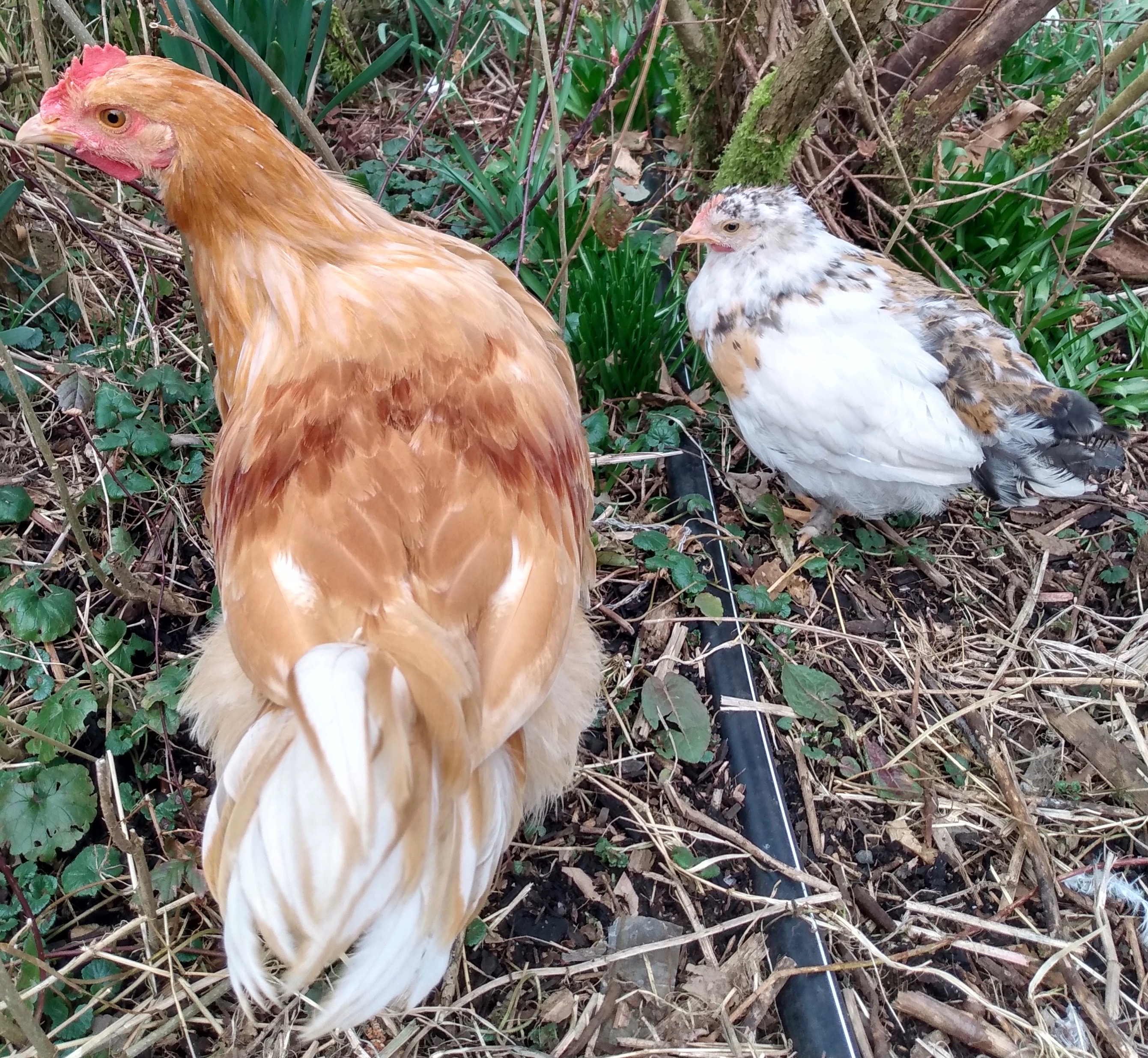

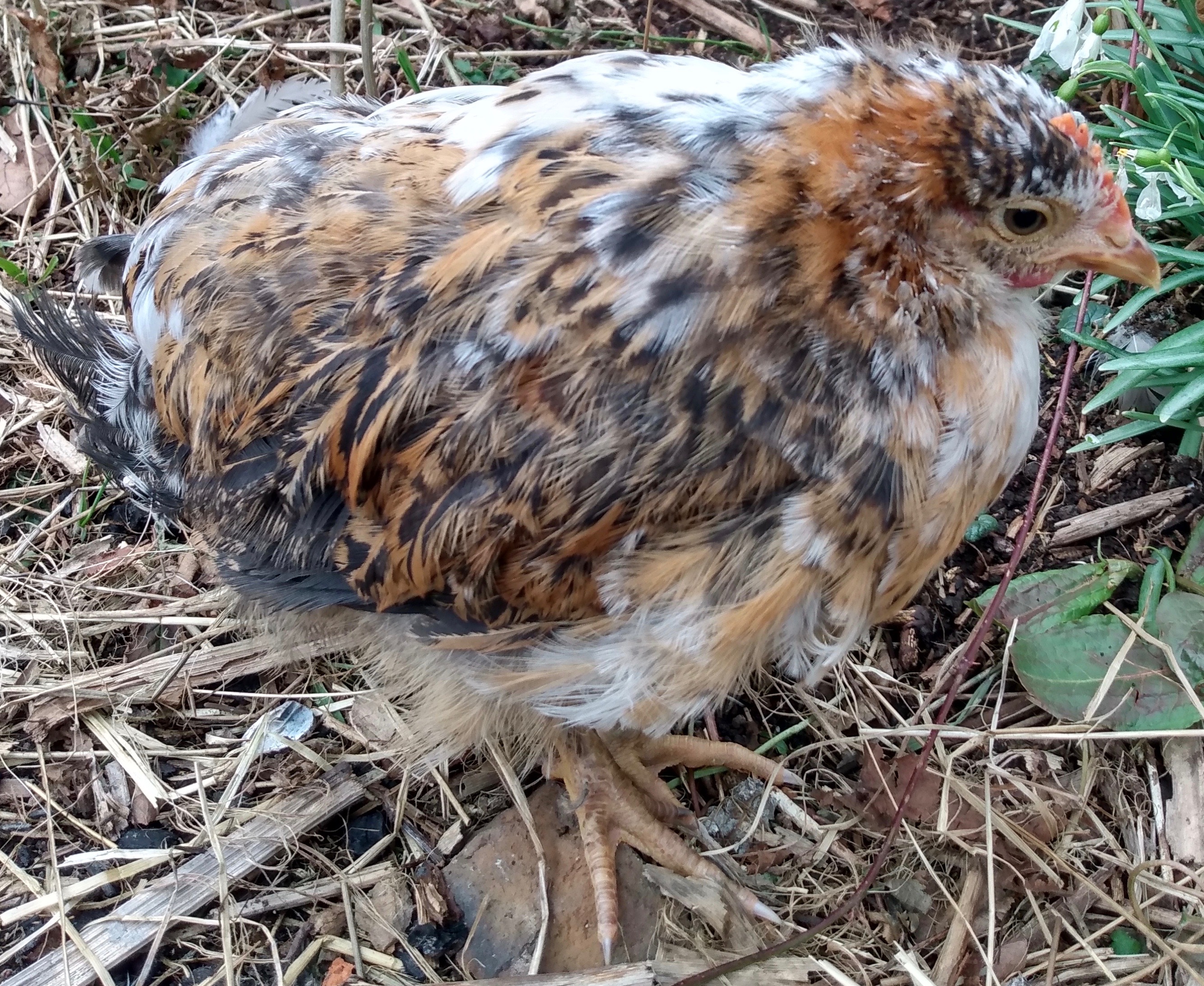
Photos courtesy of Sunrise Mesa Farm.
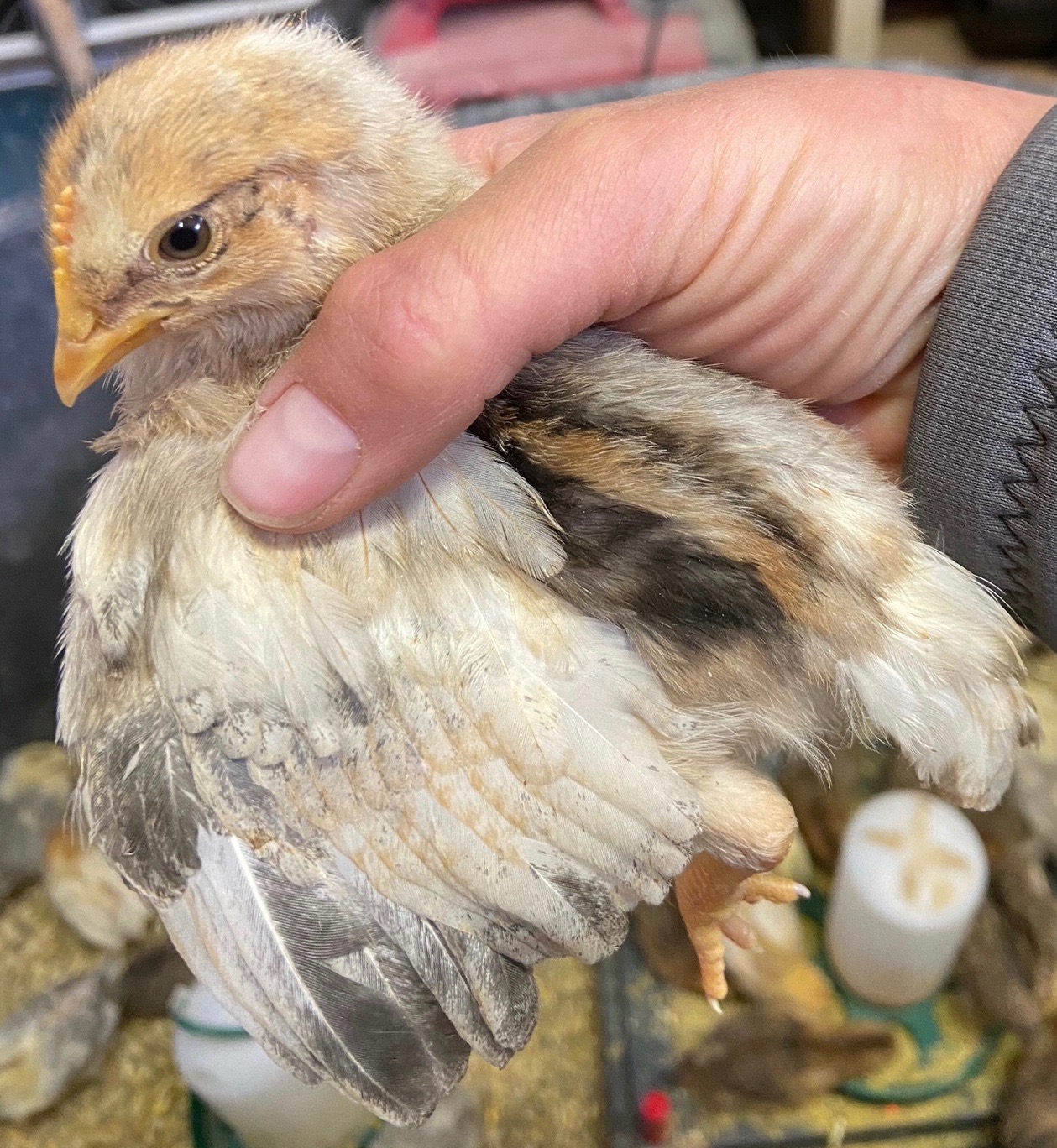

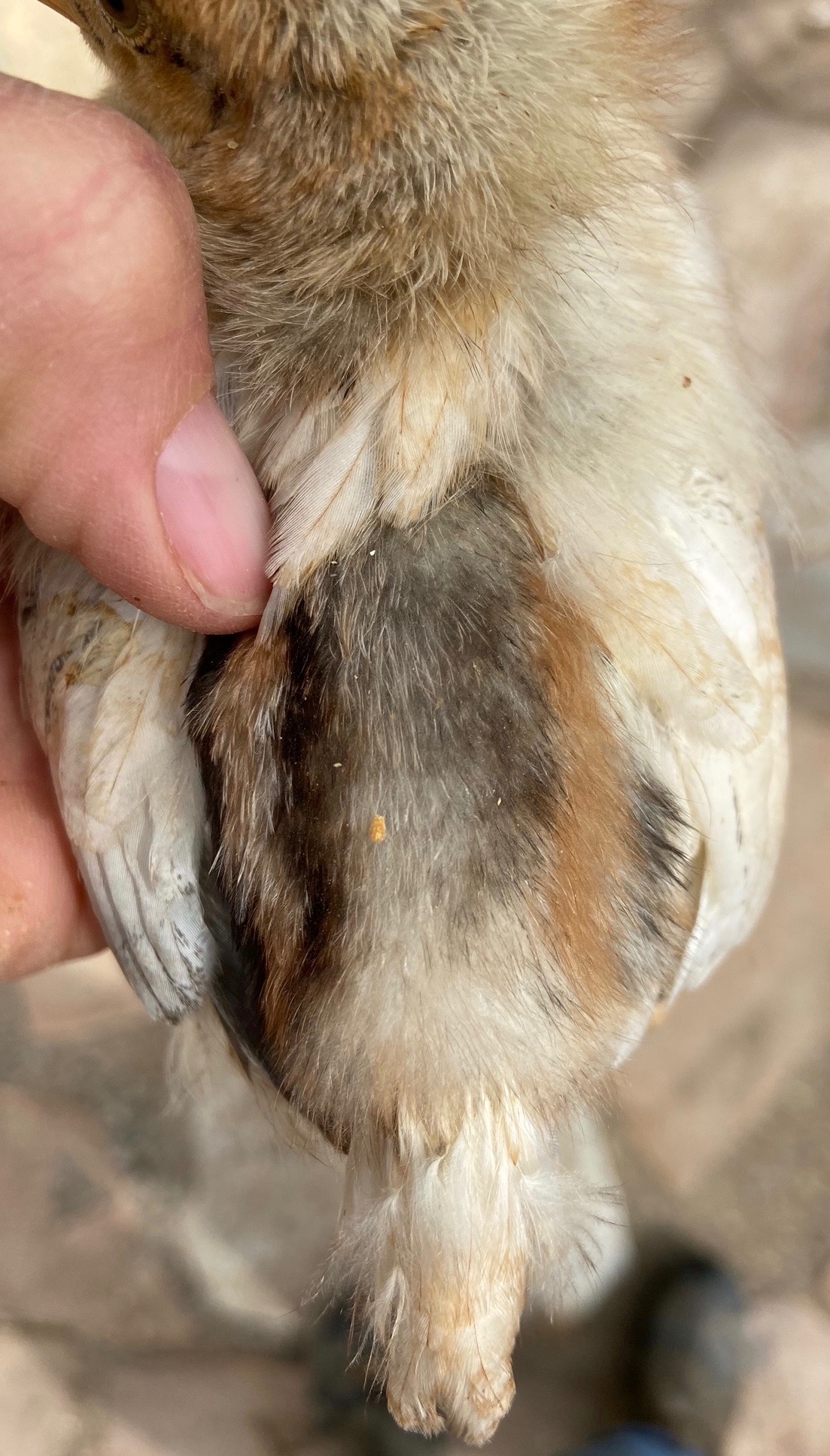















What a lovely thought provoking and inclusive article. Very nice read. I learned a bit and loved the images a lot!
LikeLiked by 1 person
Very cool post! I’ve heard of chimeras before, but never seen a chicken one. The mosaics are so interesting!
LikeLiked by 1 person
Excellent assertions about an interesting topic.
LikeLiked by 1 person
Thanks for this piece! The other resources on chimeric chickens are fairly limited to lab-based studies on engineered birds. You’re filling a niche!
LikeLiked by 1 person
Nicely informative, yet very concise.
I would be interested to know what cultures you’ve found that identify more than two genders? You mentioned that some cultures incorporate as many as five genders into their societal norm.
It would be great if you could include a list of the atypical cultures & what genders they recognize? In the case where the gender labels differ from those used in English-speaking countries, please try to give the closest translation for their term.
Thanks! I look forward to seeing your response (or change/addition to your article)…
LikeLiked by 1 person
I have an Honours B.A. in Cultural Anthropology & Women’s Studies. In my final two years I wrote several papers on the recognition of non-binary gender roles in First Nations in both the USA and Canada. There are a number of cultures that recognize a gender other than the male-female binary: India (hijara), Nigeria (yan daudu), Samoa (fa’fafine), Tonga (fakaleti), Albania (burnesha), Thailand (kathoey), etc. There is growing legal recognition in many countries for folks that don’t identify as male or female. They can mark ‘x’ on legal documents instead of ‘m’ or ‘f’. Harlen Pruden is a Cree scholar/health researcher from Canada whose work focuses on Indigenous people who identify as Two-Spirit (a combination of male and female).
LikeLike
These images are striking ! Isn’t it amazing what can be found in the natural world ? I’m a birder (call myself a bird nerd) and have been fortunate enough to see several examples of non-typical coloring and feathering in Northern Cardinals including a male with a snow white head. He came to our feeders for almost a year.
Thanks for gathering and sharing this information and the photos with us
LikeLiked by 1 person
I have a chimera chicken as well
LikeLiked by 1 person
I’d love to see it. Do you have photos I can add to this post? If so, drop me a line using the ‘contact’ button on my homepage and I’ll send you my email. Thanks
LikeLike